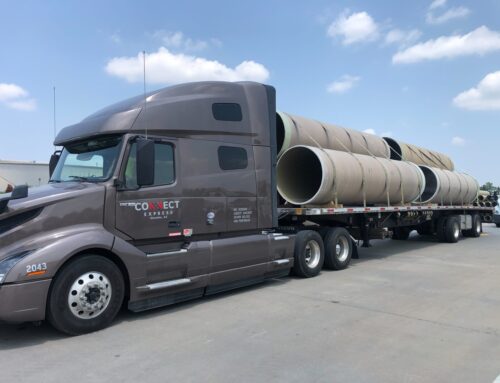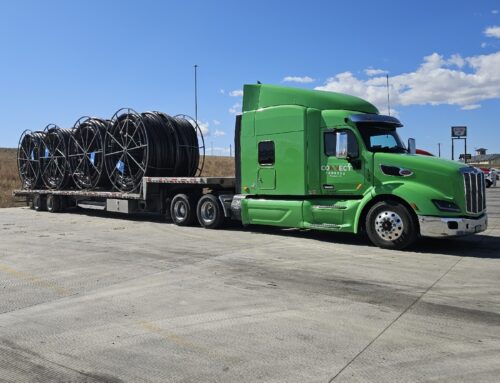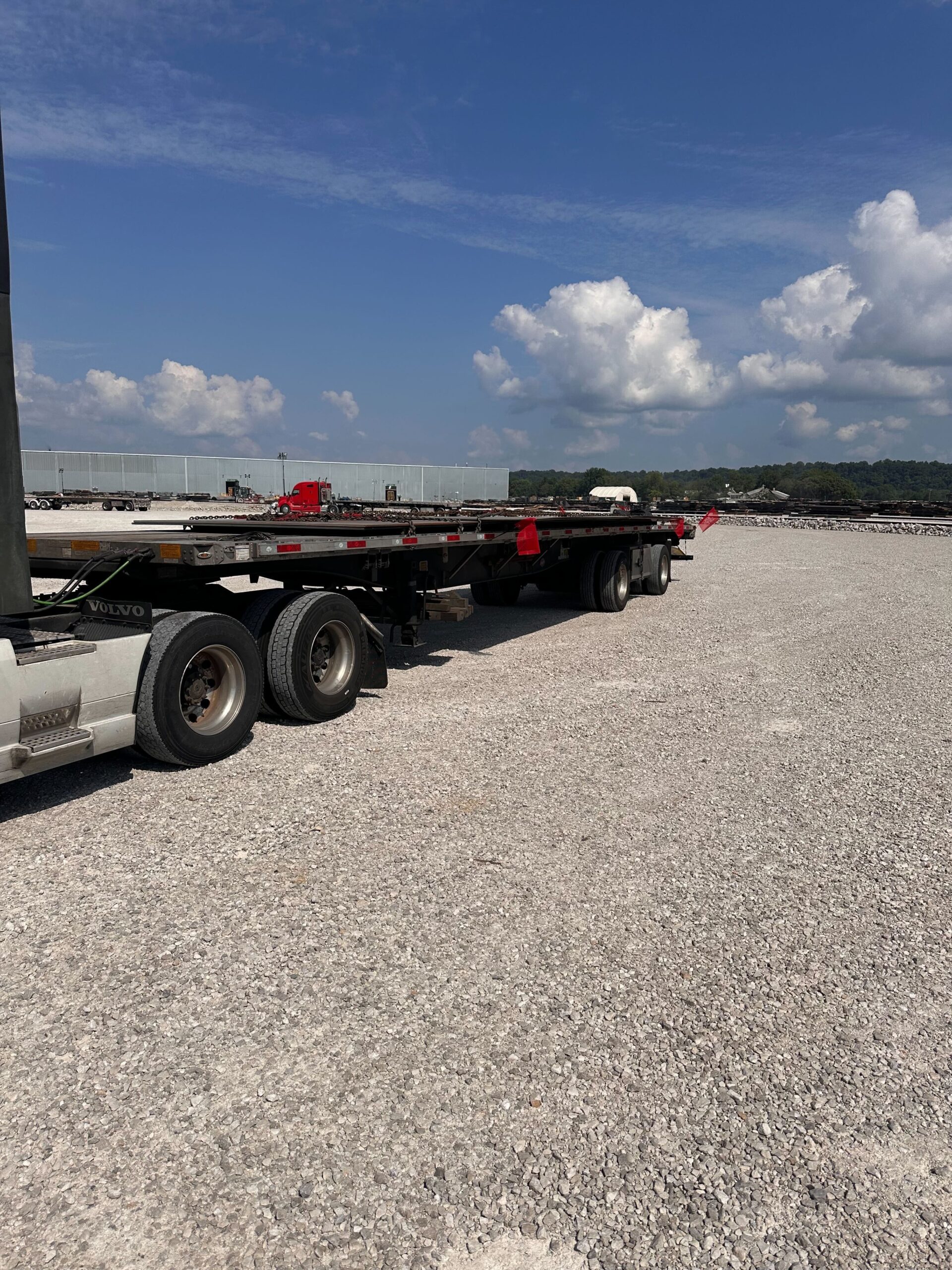
Deadhead miles are the barren stretches in the trucking industry. Understanding deadhead miles: definition, driver downtime, costs, and how to avoid them is crucial for maximizing profitability.
1. What Are Deadhead Miles?
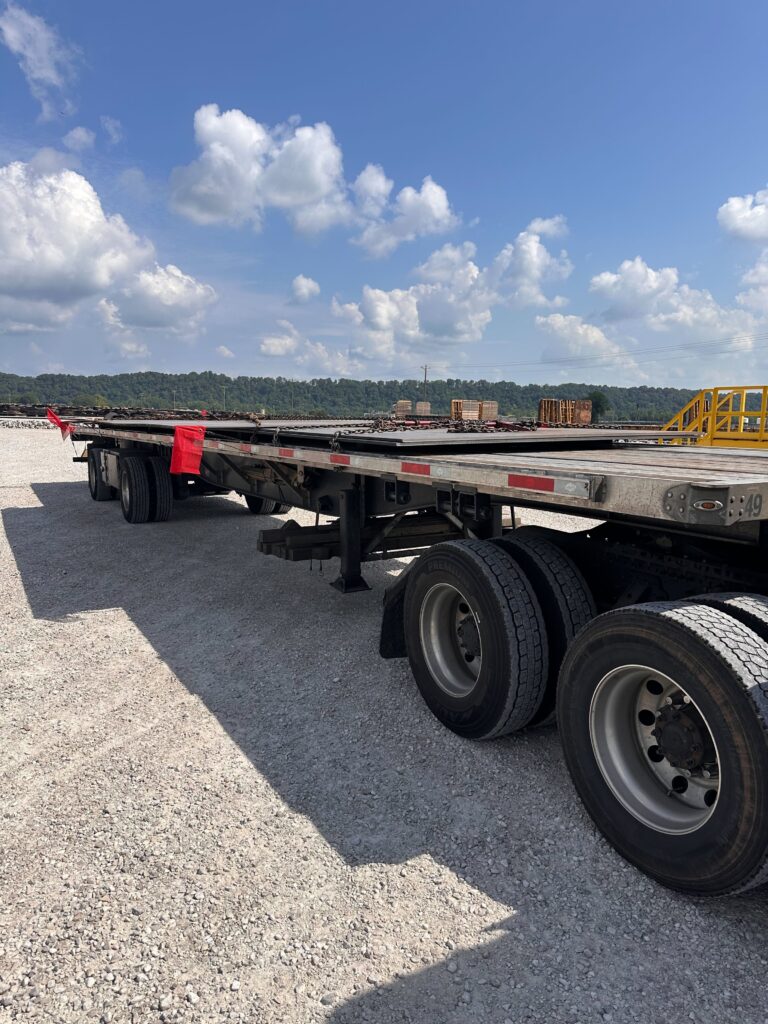
Deadhead miles refer to the miles traversed by a truck without carrying any cargo, either returning to home base or traveling to a new destination to pick up a new load.
These unladen journeys, influenced greatly by load planning, are common in the trucking industry and are crucial to understand for maintaining profitability.
Typically, these miles arise when a driver has completed a delivery and is en route to another pick-up location without any goods.
Driving without cargo often results in unprofitable miles unless the driver incorporates effective load planning to reduce these empty journeys.
Financial losses accumulate due to fuel consumption and vehicle wear and tear, both of which occur without generating revenue to offset costs.
Essentially, deadhead miles represent a logistical challenge that drivers and fleet operators must manage strategically to maintain efficient operations and financial health.
2. Costs of Deadhead Miles
The financial burden of deadhead miles stems from operating expenses such as fuel, vehicle maintenance, and tire wear, which continue to accrue despite the truck generating no revenue.
In addition, the driver’s time, which could otherwise be spent on profitable hauls, is essentially wasted, further reducing overall earnings.
2.1 Fuel Expenses
Fuel costs are a significant factor—easily one of the highest ongoing expenses in trucking.
Fuel consumption accounts for nearly 40% of a truck’s total operating expenditure, impacting profitability tremendously.
As truckers drive deadhead miles, they consume fuel that is not offset by freight revenue. This unbalanced equation can severely impact their overall earnings, making it imperative to look for ways to minimize these empty miles.
Efficient route planning and utilization of load boards can help drivers locate backhauls, reducing the dependency on deadhead trips and thus conserving fuel. By doing so, they can significantly bolster their profitability and operational efficiency.
2.2 Wear and Tear on Trucks
When driving without cargo, trucks still endure the typical stresses of the road.
These constant strains contribute to the wear and tear on various components of the vehicle. Critical parts like the engine, transmission, and axles continue to function, leading to inevitable deterioration over time.
Routine maintenance becomes more frequent and expensive, adding to the operational costs. Additionally, driver downtime increases as maintenance and repairs are required to address factors like heightened tire wear due to continuous rotation without the counterbalance of a full load.
The harsher the driving conditions, the faster these truck parts degrade, potentially leading to costly repairs or replacements. Regular maintenance checks may help to catch early signs of wear, but they cannot entirely eliminate the additional expenses associated with empty miles.
To remain profitable, truckers must consider not just the miles traveled but also the added wear and tear.
2.3 Opportunity Costs
Opportunity costs are critical in understanding profitability.
When truck drivers travel deadhead miles, they miss out on potential earnings. Each mile traveled without cargo represents a lost opportunity to carry a load and generate revenue, leading to a decrease in profitability. Instead of capitalizing on available freight, drivers spend valuable time on non-revenue-generating activities.
Missing opportunities impacts the bottom line.
By carefully planning routes and incorporating load planning, as well as leveraging load boards, drivers can minimize deadhead miles and driver downtime, thus reducing their opportunity costs. This proactive approach enables truckers to maximize their earning potential and maintain a steady stream of income.
Not taking advantage of load boards means overlooking countless opportunities to secure profitable hauls. Truckers who utilize technology and strategic planning can significantly diminish the negative impact of deadass stages, thereby improving their overall financial performance.
3. Do Drivers Get Paid for Deadhead Miles?
In certain situations, truck drivers may receive compensation for deadhead miles.
This type of payment serves as an incentive for drivers to take jobs that require them to travel significant distances without a load. Some brokers and shippers recognize the economic strain of deadheading and provide compensation to mitigate the financial impact. This ensures that the driver remains economically viable and is more willing to accept long-haul assignments.
However, not every driving job includes deadhead pay provisions. Owner-operators, especially, should be vigilant in securing contracts that offer compensation for these unladen journeys, as their income directly depends on it. Company drivers are more likely to receive such payments, reducing the financial strain on them.
Overall, negotiating deadhead pay is crucial for maintaining profitability. Drivers who proactively seek out opportunities that offer deadhead compensation can offset the costs associated with empty miles and ensure more efficient use of their time and resources. This strategy ultimately leads to better financial health and sustained success in their trucking careers.
4. How to Avoid Deadhead Miles

Minimizing deadhead miles requires strategic planning, a keen eye for emerging opportunities, and leveraging technology. Developing robust relationships with brokers and shippers can lead to consistent access to return loads, reducing unprofitable travel. Utilizing load boards and mobile apps, like Truckstop, offers real-time data to find nearby loads efficiently, ensuring shorter distances without cargo and maintaining profitability.
4.1 Using Load Boards
Load boards minimize deadhead miles.
Load boards offer a digital space for truckers to find available freight. They facilitate quick connections between carriers and shippers, ensuring that drivers can locate and secure loads that match their routes. Drivers can significantly reduce deadhead miles using these platforms to find return loads.
One such platform is Truckstop.
Using Truckstop Load Board provides carriers with vast options—posting rates, load densities, and real-time availability. Drivers can efficiently plan their routes by filtering searches and assessing the load details. This proactive approach ensures they make informed decisions, avoiding unnecessary empty miles.
Additionally, Truckstop’s mobile app, Truckstop Go, supports on-the-go access to these features on smartphones and tablets, making it easier for drivers to stay connected. By leveraging these tools, drivers can maximize their earning potential, reduce deadhead mileage, and keep their trucks moving profitably.
4.2 Searching for Return Loads
To reduce deadhead miles, drivers must actively search for return loads after unloading a shipment.
- Utilize load boards like Truckstop Load Board and Truckstop Go.
- Network with brokers and shippers for consistent routes.
- Plan shipments in advance to align with potential return loads.
- Monitor load densities and availability in target areas.
- Consider return material loads to maximize truck capacity.
By integrating these strategies, drivers can consistently find return loads and minimize empty miles.
Proactive planning and leveraging digital tools are key to maintaining profitability.
4.3 Planning Trips in Advance
Planning trips in advance is essential.
Thorough preparation before each trip can save money and reduce deadhead miles. This involves carefully selecting routes that maximize efficiency, accounting for potential return loads, and anticipating changes in cargo availability. Additionally, leveraging digital tools like Truckstop Load Board ensures that drivers have access to real-time information about loads and optimal routes.
This foresight keeps trucks profitably on the road.
By strategically mapping out their trips, drivers can avoid unnecessary detours and fuel costs – and make informed decisions that contribute to long-term success. A proactive approach significantly enhances the ability to maintain profitable operations even when navigating complex logistics.
With diligent trip planning, drivers can tap into a network of optimized routes, reducing the likelihood of empty miles and ensuring a higher return on investment for every journey.
5. The Role of Brokers and Shippers
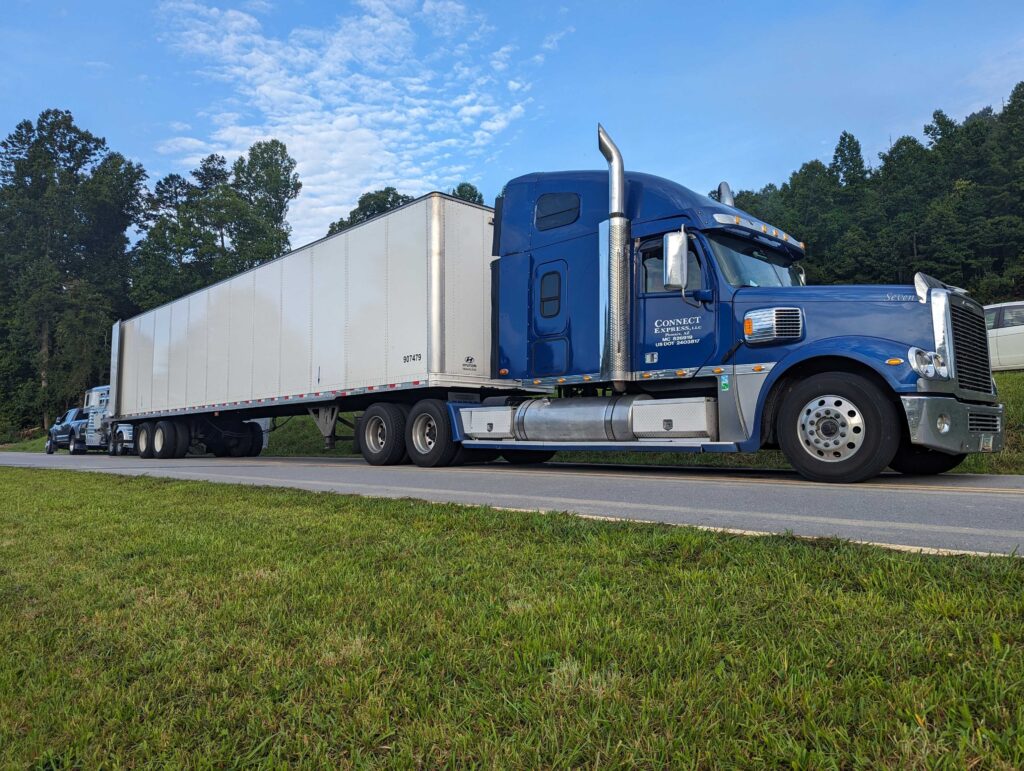
Brokers and shippers play a pivotal role in mitigating deadhead miles, impacting truck drivers’ earnings and overall efficiency.
By collaborating closely, these intermediaries can secure backhaul freight or identify opportunities to optimize routes, ensuring minimal empty miles. Effective communication and negotiation are essential, emphasizing the importance of transparent relationships built on mutual benefit.
This coordinated effort significantly reduces operational costs.
5.1 Deadhead Mile Incentives
To mitigate the financial strain of deadhead miles, some companies offer incentives to drivers, encouraging efficient routing and improved profitability.
These incentives, often referred to as deadhead mile pay, serve as a financial cushion for drivers covering long distances without cargo. By receiving compensation for these non-revenue generating miles, drivers are more willing to take on jobs that might otherwise be less appealing due to the empty miles involved.
Consequently, deadhead mile pay can act as a motivator for drivers to accept assignments in less trafficked routes. It balances the financial impact of empty miles, fostering a more robust and flexible operational framework.
Ultimately, providing deadhead mile incentives helps create a more stable income for drivers, translating into reduced stress and enhanced job satisfaction. This approach not only mitigates the adverse effects of deadhead miles but also encourages a deeper partnership between drivers and brokers, supporting a prosperous and efficient trucking industry.
5.2 Finding High-Paying Loads
Securing high-paying loads is essential for maximizing profitability and ensuring more efficient use of resources.
Since 2016, various platforms, including load boards, have significantly improved the way drivers and brokers connect, making it easier to find lucrative opportunities.
To find these sought-after loads, it’s imperative for drivers to leverage load boards that are specifically designed to match loads to available trucks efficiently. Continuous monitoring and timely responses to postings can further increase the success rate.
Load boards provide an extensive list of loads sorted by lanes, rates, and destinations, enabling drivers to choose the best-paying jobs that fit their schedules and routes. Features such as real-time updates, rate transparency, and the ability to run credit checks on brokers enhance decision-making.
Maximizing earnings through high-paying loads not only offsets the potential costs of deadhead miles but also ensures better financial stability.
6. Safety Concerns with Deadhead Trucking
Deadhead trucking presents significant safety risks, a matter of paramount importance, especially during adverse weather conditions. Empty trailers are more susceptible to high winds, which can cause instability and make driving hazardous. Understanding and mitigating these conditions is vital to ensuring the safety of both drivers and the public.
In addition to weather challenges, drivers must be vigilant about the truck’s handling dynamics without a load, known as “deadhead sway.” This sway is akin to a vehicle fishtailing, necessitating increased driver skill and attentiveness. Given these risks, it is crucial for drivers to receive comprehensive training on deadhead driving techniques to navigate such situations safely.
6.1 Weather Challenges
Adverse weather conditions significantly impact the safety and efficiency of deadhead trucking.
- High winds: Empty trailers are more vulnerable to tipping.
- Black ice: Increases the risk of sliding and loss of control.
- Heavy rain: Can obscure vision and reduce tire traction.
- Snowstorms: Lead to treacherous road conditions and potential delays.
- Extreme temperatures: Affect vehicle performance and road endurance.
Drivers must remain vigilant to weather reports and adjust routes accordingly.
Ensuring vehicles are well-maintained can help mitigate some weather-related risks.
Proactive planning and cautious driving are essential to navigate these challenges safely and efficiently.
6.2 Roadway Precautions
Implementing proper roadway precautions ensures the safety and efficiency of deadhead trucking.
- Reduce speeds: Helps maintain control in adverse conditions.
- Secure loads and doors: Prevents loose items from creating hazards.
- Regular inspections: Ensures the vehicle is in optimal condition.
- Monitor weather reports: Stay updated to avoid dangerous routes.
- Observe road signs: Pay attention to changing road conditions.
- Plan ahead: Strategic routing minimizes deadhead miles and exposure to risks.
Drivers must be vigilant and proactive in their approach to roadway safety.
Effective planning and meticulous execution are key to minimizing risks.
Being well-prepared can help drivers navigate safely through challenging conditions.
7. Truck Driver Training for Deadhead Miles
Understanding the nuances of deadhead miles, their costs, and effective strategies to avoid them is vital for truck driver efficiency and overall profitability.
Quality training programs should focus on the financial implications of deadhead miles.
Additionally, drivers must be educated on leveraging tools like load boards to minimize empty miles.
Practical sessions can include route optimization techniques and familiarization with load-matching technologies.
Such training enhances a driver’s ability to secure profitable loads and minimizes unnecessary expenses, contributing to longevity and success in their careers.
Ultimately, a well-trained driver doesn’t just transport cargo. They strategically navigate the complexities of the road with confidence and competence.



